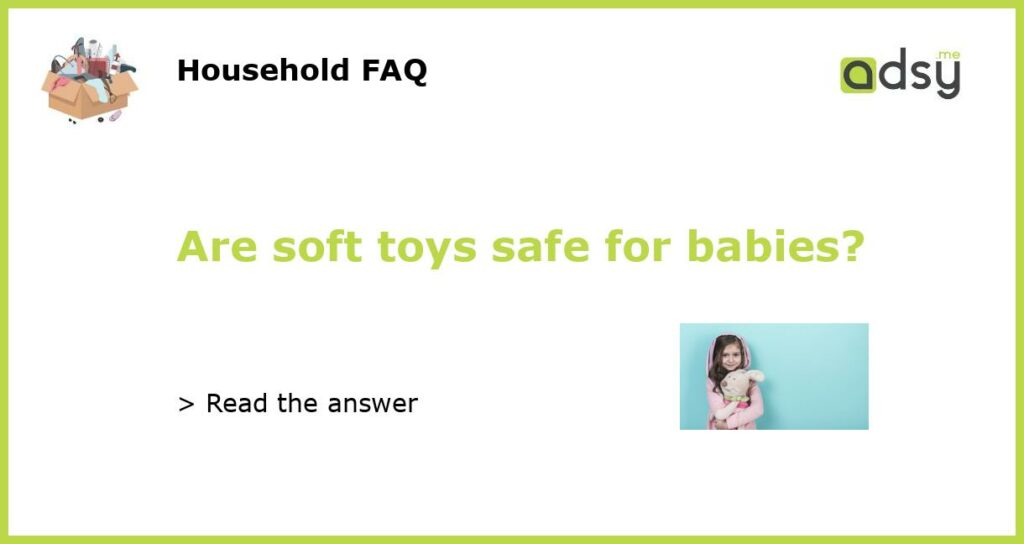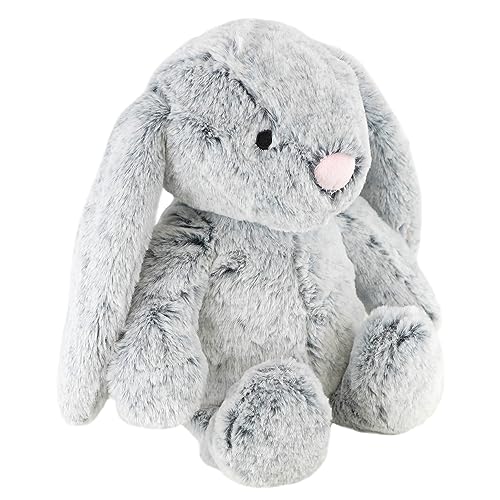Soft Toys for Babies: Are They Safe?
Soft toys are a common sight in most nurseries and baby rooms. Parents often buy these cuddly companions for their little ones, thinking that they provide comfort and companionship. However, concerns about the safety of soft toys for babies have arisen in recent years. In this article, we will explore the potential risks and benefits of soft toys and provide insight into whether they are safe for babies.
The Benefits of Soft Toys
Soft toys, such as teddy bears and plush animals, can offer several benefits for babies. These toys provide sensory stimulation, engage babies’ senses of touch and sight, and help develop their fine motor skills. Soft toys often have different textures and materials, which can encourage exploration and curiosity in infants. Additionally, soft toys can become a source of comfort and security for babies, providing them with a familiar and soothing presence, particularly during sleep or times of distress.
Potential Risks of Soft Toys
While soft toys can be beneficial, there are also potential risks associated with their use. The main concern is the risk of suffocation. Babies have limited mobility and may accidentally cover their faces with a soft toy, obstructing their airways. This risk is particularly high for younger infants who have less control over their movements. Additionally, soft toys with small or detachable parts pose a choking hazard. Babies tend to explore objects with their mouths, and small parts can pose a serious choking risk if ingested.
Ensuring Soft Toy Safety
Fortunately, there are measures parents can take to ensure the safety of soft toys for their babies. First and foremost, it is important to choose age-appropriate soft toys. Look for toys that are specifically designed for infants and meet safety standards. Avoid toys with small parts, loose threads, or detachable accessories that could pose a choking hazard. Additionally, regularly inspect soft toys for any signs of wear and tear. If a toy is damaged or the stuffing starts to come out, it should be replaced to prevent choking hazards. Lastly, always supervise babies when they are playing with soft toys to minimize the risk of suffocation or choking.
An Alternative: Safe Soft Toys for Babies
If parents are concerned about the potential risks of traditional soft toys, there are alternatives available. Some companies specialize in making soft toys specifically designed for infants and toddlers. These toys are made with safety in mind, using high-quality materials and adhering to strict safety standards. It is worth researching and investing in soft toys that prioritize the safety of babies. Additionally, there are soft toys available that are designed to be safe for babies to sleep with, reducing the risk of suffocation during bedtime.






